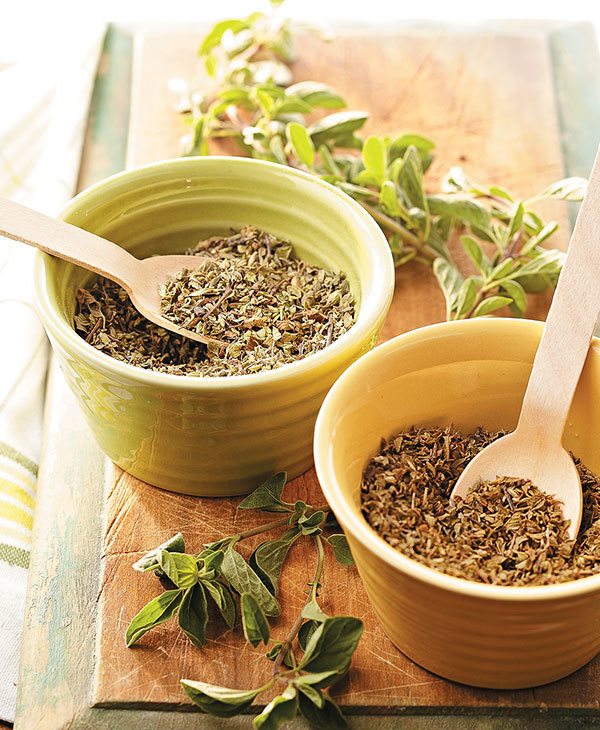All About Oregano
Though they share a name, Mexican and Mediterranean oregano are not necessarily created equal. Learn the difference here.

Sometimes called wild marjoram, oregano was almost unheard of in the United States until World War II soldiers came back from Italy raving about it. It's related to both marjoram and thyme.
-
When it comes to dried oregano, there are two main types — Mexican and Mediterranean. Though the two come from completely different plants, they have a similar base flavor and are used the same way, so they share a name. However, it's generally not a good idea to substitute one for the other.
-
Mexican oregano has an overall citrusy flavor that tends to be powerful — it can stand up to the high-flavored, spicy dishes of Mexican and Central American cuisine, but may overpower other dishes. It can typically be found at ethnic markets or specialty spice stores.
-
Mediterranean oregano is what you'll find most often, and is commonly just labeled as "oregano" in the spice aisle of grocery stores. It's also the type you'll find fresh. It has savory, peppery characteristics that are essential to Italian and Greek cuisines, but that are also suited well to other dishes.
-
When choosing fresh oregano, look for bright green, fresh-looking bunches with no signs of yellowing or wilting. Sealed in a plastic bag, it can be kept in the refrigerator up to 3 days.
Product Recommendations
Interested in cooking? Need some supplies?
Check out some of the tools we like. All products featured on Cuisine at Home are independently selected by our editors; we may earn an affiliate commission from qualifying purchases through our links.